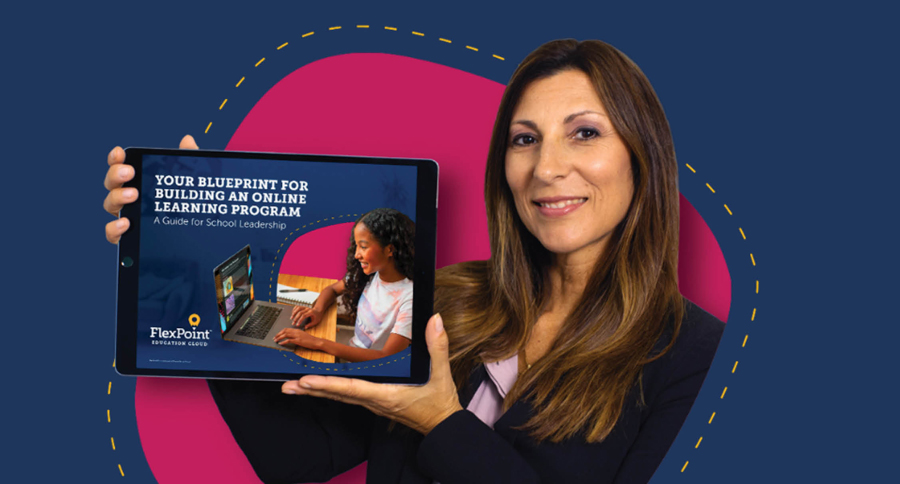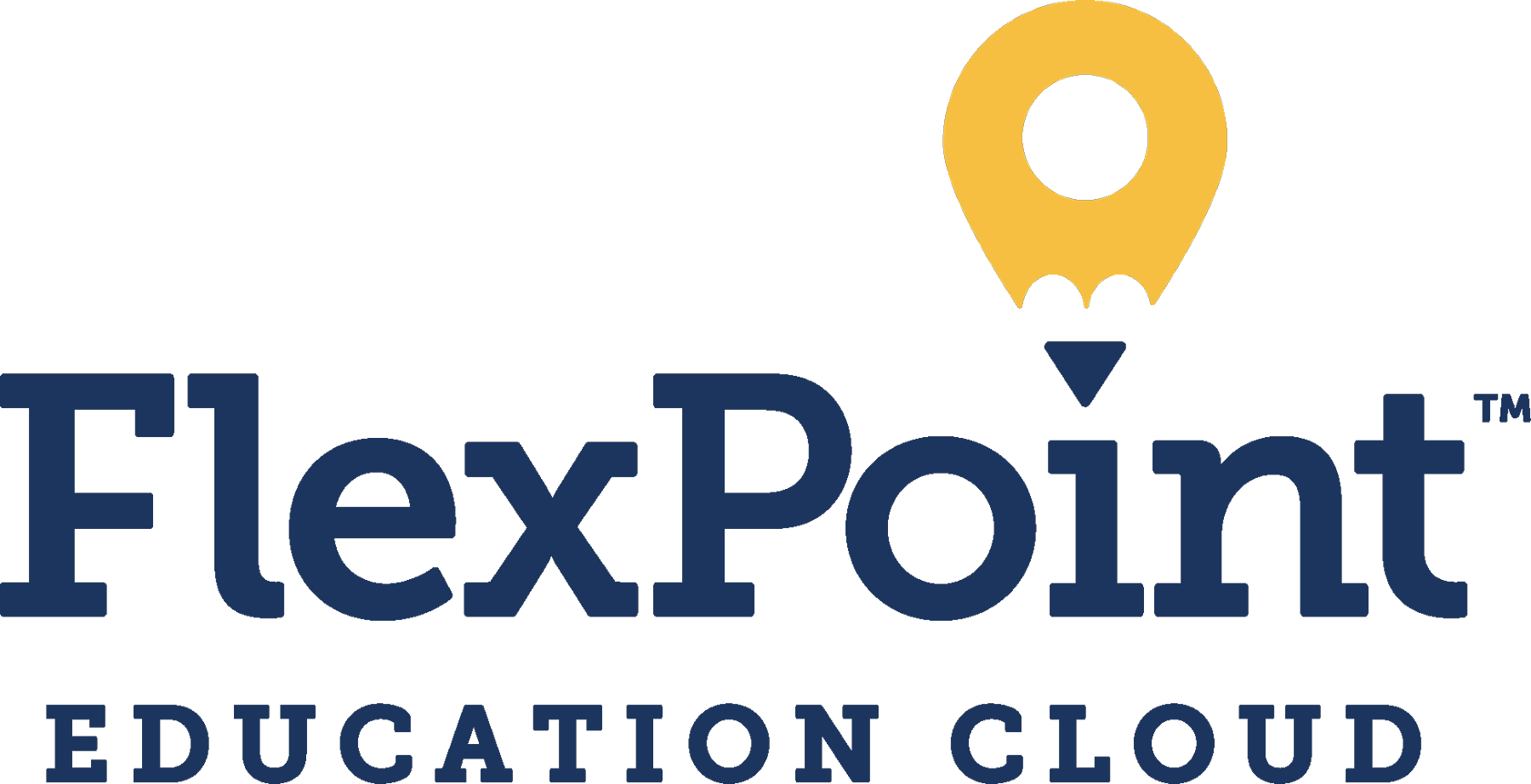Advertorial
When the pandemic forced schools and districts to close their doors, teachers, students, and parents were forced to adopt online options. They struggled to adjust to the long virtual days and navigate learning from home. But this wasn’t true online learning.
What most students experienced during the pandemic was emergency remote learning, a temporary and quick solution to keep students learning, with students being taught synchronously on video calls from 8am-3pm with little to no breaks. In actuality, true online learning supports students and empowers educators with evidence-based approaches, professional development for instructors, courses specifically designed for the online environment, and flexibility for students to communicate one-on- one with teachers.
In fact, 81% of parents believe online learning helps their children prepare for the future and 85% of teachers believe that teaching online increases their ability to help students succeed, confirming what we know to be true: When done right, students can thrive in the online learning environment.
Believe it or not, online learning has been around for more than 20 years. Still, there are a lot of misconceptions floating around, and it’s time to clear the air.

Myth 1: Online courses are easier than brick-and-mortar courses.
Fact: Online learning is effective because it supports subject mastery and helps students learn new skills.
Students in the online learning environment develop valuable soft skills like time management, studying techniques, and effective communication. And parents agree, 73% believe their children have better communication skills, and 70% believe their children have better time management skills.
FlexPointer: Help students find success with online learning by implementing instructional best practices and working with an online learning provider that can customize or develop course content that aligns with state and national standards.
Myth 2: Online learning means students are on their own.
Teachers are an integral part of students’ success in the online learning environment, where support extends further than the virtual classroom through virtual office hours and dedicated check-ins. And this is especially true at FlexPoint Education Cloud, where 87% of teachers agree that teaching online allows them to better communicate and connect one-on-one with students!
FlexPointer: Skill sets and strategies vary from the traditional classroom to online or blended teaching. Make sure your staff receives the training they need to feel confident and connected to their students in their virtual classrooms.
With the recent launch of Al chatbot ChatGPT, educators and school leaders have new questions about monitoring and ensuring academic integrity in the virtual and physical classroom. Concerns about academic integrity aren’t new though, and there are many tools and strategies schools and districts can implement today to ensure the authenticity of students’ work, including discussion- based assessments and proctored exams.
FlexPointer: Although there is no clear data showing that students who take online courses cheat more than students in face-to-face classrooms, schools and districts can work with an online learning provider to create their own safeguards.
